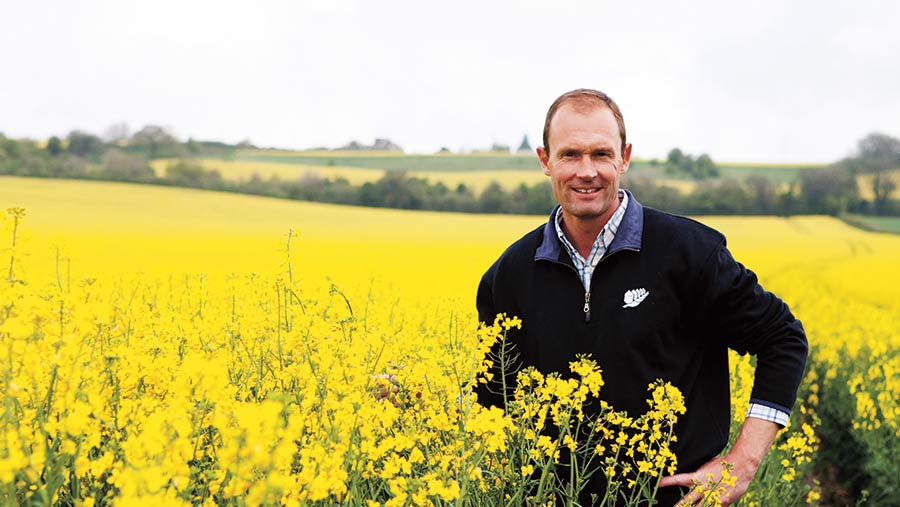Farmer Focus: Benefits of companion cropping
 © Alexandra Joseph
© Alexandra Joseph After discovering more about mycorrhizal fungi during a recent visit to a local manufacturer, I’m wondering if growing oilseed rape with an added legume could even give a boost to the following wheat crop.
This companion crop should continue to host the helpful fungi, whereas they are more likely to die off in pure oilseed rape. Does my blind optimism have no bounds?
Well, I do wonder about direct drilling after peas as they just don’t seem to contain enough carbon. It would have been better if my planned summer cover crop had gone in and I had applied some compost.
See also: Read more from our Arable Farmer Focus writers
Working on the evidence that more diverse plant communities lead to a better soil structure, that weeds exploit gaps and that the more sunlight we can intercept, the better, we have left the clovers, poppies and some wheat volunteers in the oilseed rape for as long as possible.
I hope to follow knocking the weeds with early nitrogen and crop growth as this approach has certainly worked well against blackgrass in hybrid barley. I wonder if we can extrapolate it to other crops such as wheat and triticale?
Obviously we will need to balance this against lodging and disease – maybe my usual nitrogen timings need stretching at either end?
Triticale success
While there is not a lot of crop growth in this – the longest freezing spell we have had for years – there is also virtually no rabbit grazing in the triticale I am trying for the first time.
Have I finally found something that will grow in the burrow-peppered sand dunes along the railway lines?
I’m also hoping it will grow tall without collapsing in order to achieve a higher leaf area index than wheat and therefore intercept more light – and possibly even develop a higher biomass and subsequent yield. Again, this would give less opportunity for weeds.
Next time I will try a clover understory to trap even more light and leave even less space. Looking at the budget, the tricky bit is going to be doing it with input costs that are low enough to actually make some money.
Andy Barr farms 700ha in a family partnership in Kent. Combinable crops amount to about 400ha and include milling wheat and malting barley in an increasingly varied rotation. He also grazes 800 Romney ewes and 40 Sussex cattle and the farm uses conservation agriculture methods.

